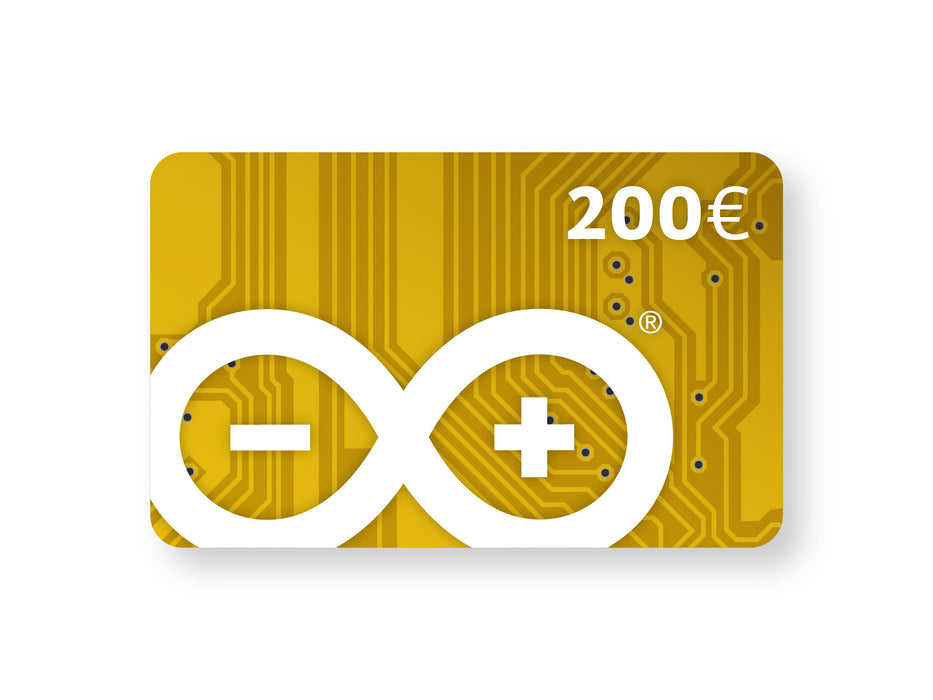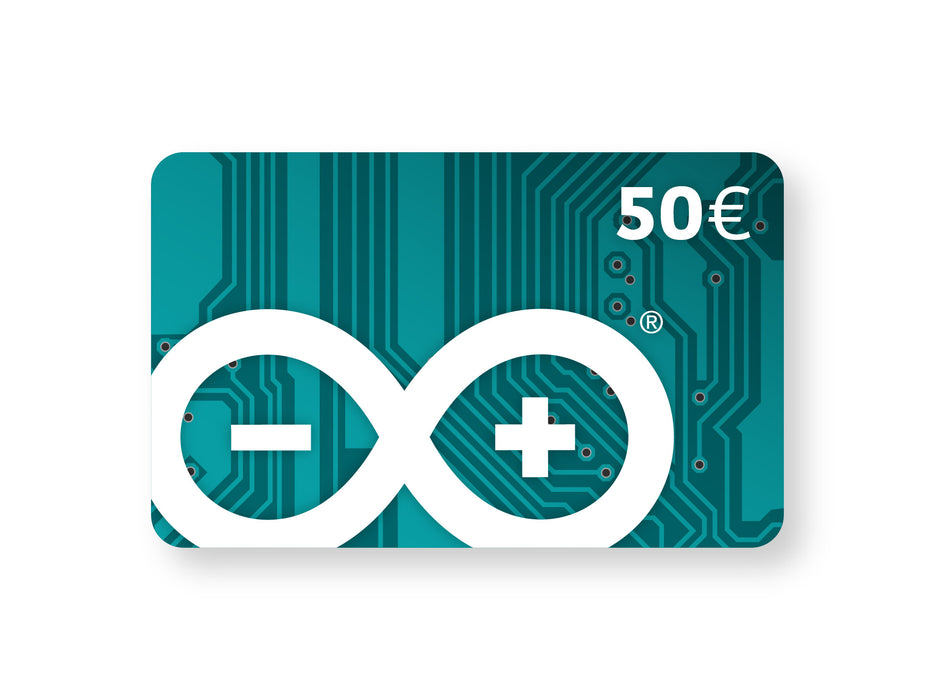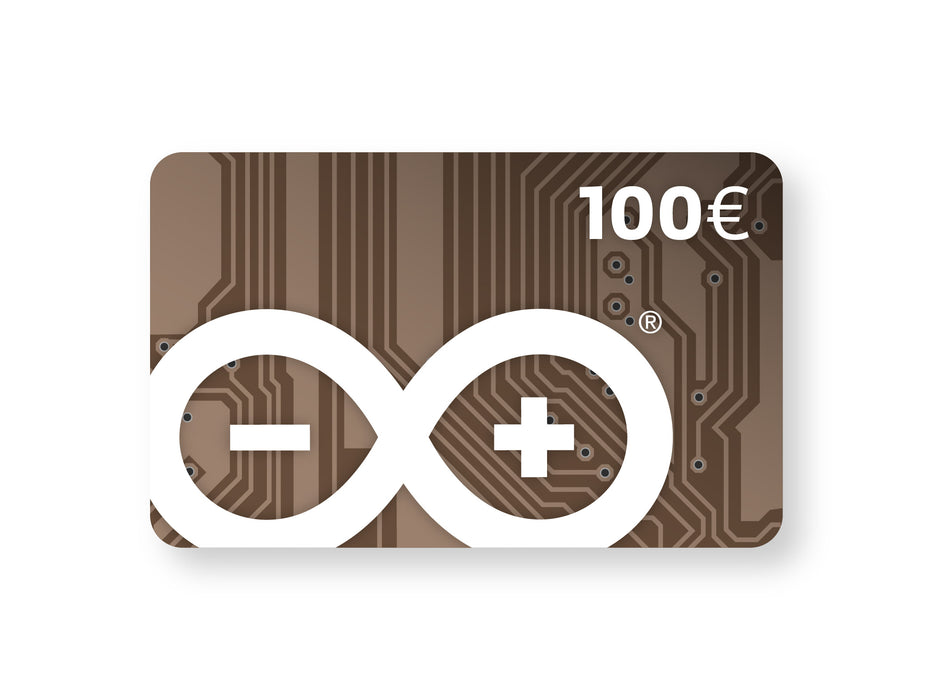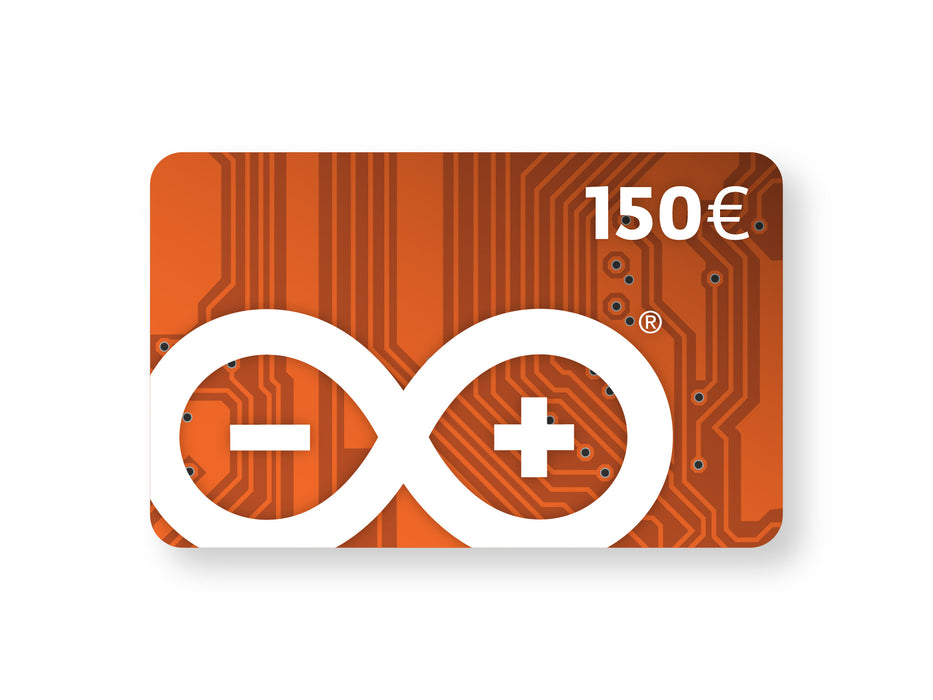
Overview
1. Choose the amount, be generous!
Everybody has a friend that's going crazy for Home Automation solutions. What? Uh, also your friends are crazy for it? So this is the time to gift them with an Oplà IoT kit, or just take a look to our Get a head start guide and make the Arduino Uno yours for €24. And if you feel particularly creative, you might be jumping into our guide dedicated to the people that want to unleash their creativity through many products.
Select the amount in the menu: 50€ - 100€ - 150€ - 200€!
2. Open your email and say WOHAAA!
Once the order is placed, you are going to receive the confirmation email at your account email address. Click on “View Gift Card” button and Share the Code!
3. Share the code with your friends and feel the coolest one in the neighborhood
Print the gift card and send it to the Arduino fan!
Looking for a gift idea? We have plenty!🎁
👉 Get a head start
👉 Unlock the future with IoT
👉 Spark their interest
👉 Take on the challenge of DIY

How does it work?
- Arduino Gift Card can only be redeemed toward the purchase of products on store.arduino.cc
- Arduino Gift Card is not redeemable for cash
- Arduino Gift Card never expires and carries no fees
- Arduino Gift Card can be redeemed in multiple purchases if the order value is lower
- Arduino Gift Card is applied to the final order total, included shipping and taxes
- Arduino Gift Card can be used in conjunction with a discount code
- Arduino Gift Card can’t be used to purchase Arduino Cloud Plans
- Check our Sales Condition and for any doubt Contact Us








